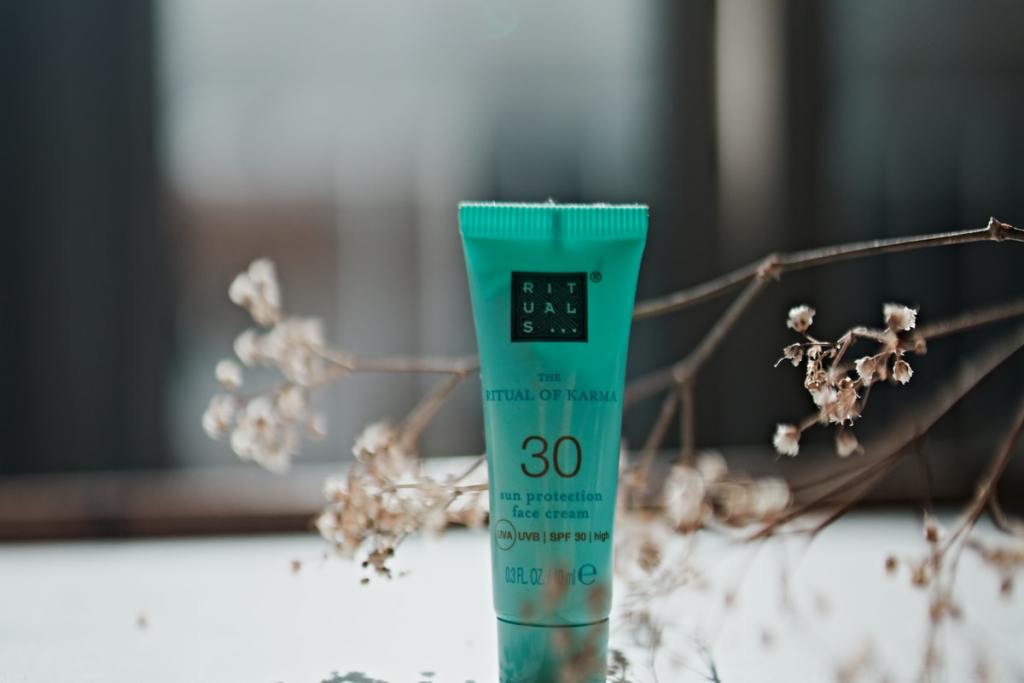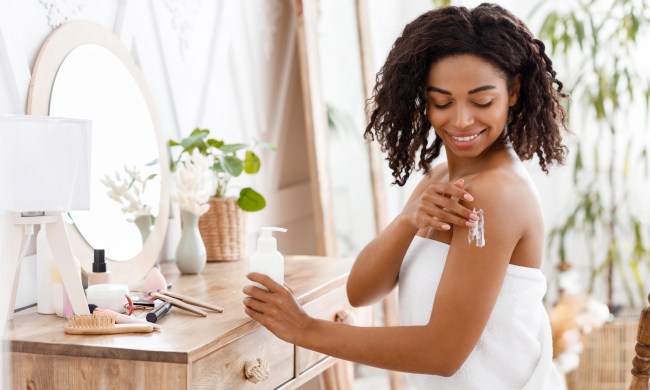After a long winter, nothing feels better than the warmth and surge of vitamin D from the summer sun. However, nothing feels worse than staying inside to nurse a sunburn the next day. While sunscreen is highly effective at protecting your skin from dangerous UV rays, if you don’t reapply as needed, you can still end up burning yourself.
Applying a chemical-filled sunscreen to already irritated skin can make it even worse and add insult to injury. People with sensitive skin especially can find their skin becoming red, bumpy, and itchy after exposing it to some of the harsh ingredients in a chemical sunscreen.
Don’t worry, though; we have the solution. We’re here to share the best natural sunburn treatments that won’t leave you needing to bathe in aloe.

Cool it down
After a burn, your skin needs some rest. Start with a cool shower, and opt for a super cold shower if you can handle it. Cold showers certainly aren’t super comfortable, but your skin will thank you. Cool water can reduce inflammation, preventing your skin from becoming beet red and irritated. If you’re experiencing serious pain from your burn, take the most gentle cold shower you can without any soap or scrubbing.
If you notice a specific area that’s especially burned, like your forehead and shoulders, place a cold compress on it. Remember to never put anything cold like an ice pack or compress directly on your skin, as that can burn it even more. Be sure to wrap the cold pack in a thin towel for the best results. Keep it on for no more than 20 minutes — you only need to hold it long enough to take the edge off.
Don’t worry; we didn’t forget your go-to burn treatment. Aloe vera is definitely your friend, providing near-immediate relief to turned skin. If you buy your aloe vera from the store, just make sure there aren’t any additives, so take a quick look at the ingredients list before adding it to your cart.
Soothe your skin
Once you get the initial burning sensation taken care of, it’s time to focus on the long run. Your skin will likely be more sensitive and need some time to heal. Ensure that you aren’t exposing your skin to anything that can irritate it further during recovery.
One of the best post-burn products is moisturizer. Burt’s Bees is all about being as natural and organic as possible, so it’s our go-to soothing moisturizer. This After Sun Soother Lotion has aloe vera and coconut oil, and is almost 97% all-natural. These natural, soothing ingredients will treat your burn with love and care.
It’s also possible to soothe your skin with ingredients you already have in the home. Plain milk and yogurt work wonders at calming an especially sensitive burn. Dip a soft cloth in the milk, apply it straight to your burn for a few minutes, and feel the pain melt away.

Protect your skin
This should be obvious but stay away from the sun post-burn, so stay inside, stay covered, and if you must go outside, don’t forget the sunscreen. Any kind of additional burn will be even more painful. Further, while moisturizing is a must, you also need to hydrate your skin from the inside out. To soothe your burn and keep that skin glowing, don’t forget to drink those eight glasses of water per day.
If you do decide to buy a burn relief cream or gel, take a look at the ingredients and stay away from anything that includes fragrance, sulfates, parabens, alcohol, phthalates, or petroleum jelly. In the trace amounts found in many beauty products, these ingredients aren’t toxic, but they can irritate the skin, especially sensitive skin.
Before you reach for that burn-relief product, though, test out these easy, natural ways to bring your skin some peace. Don’t forget, an ounce of prevention is worth a pound of cure, so wear (and reapply) sunscreen every day, and don’t forget to take a break from the UV rays and sit in the shade for a few minutes. These tips and tricks are sure to make painful sunburns last year’s problem.
BlissMark provides information regarding health, wellness, and beauty. The information within this article is not intended to be medical advice. Before starting any diet or exercise routine, consult your physician. If you don’t have a primary care physician, the United States Health & Human Services department has a free online tool that can help you locate a clinic in your area. We are not medical professionals, have not verified or vetted any programs, and in no way intend our content to be anything more than informative and inspiring.



